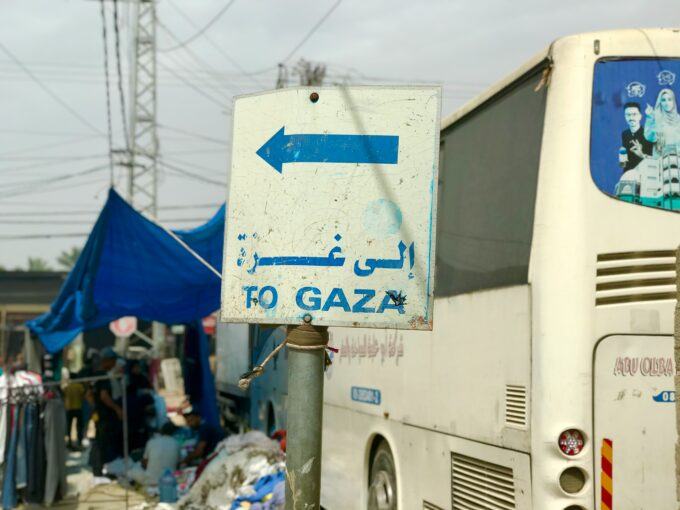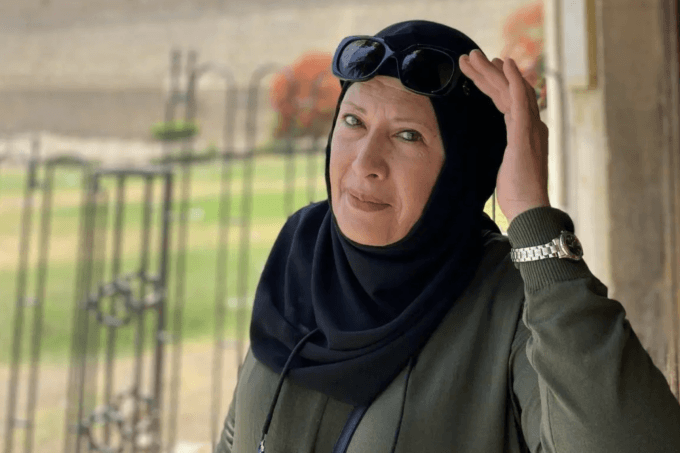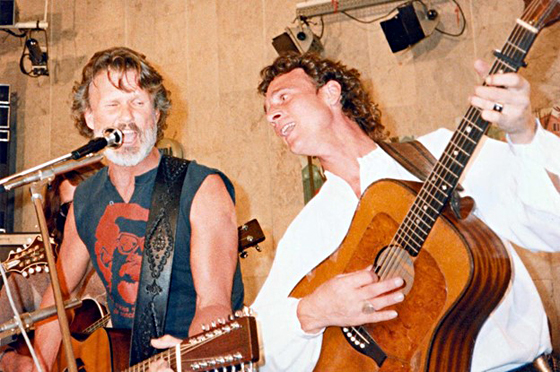The Israeli General’s Plan in Gaza: Genocide by Starvation

Image by Emad El Byed.
George Orwell’s dystopian foresight could easily find new expressions in the ongoing Israeli wars of genocide in Gaza and Lebanon. Much like “war is peace,” the Biden administration and the European Union have contributed to creating phrases such as “aggression is self-defense,” “murder is collateral damage,” “safe areas are death traps,” and “humanitarian aid is a starvation diet.”
After enduring a full year of Israeli terror, extreme torment, and military occupation, fear never conquered the well of the Gazans. Despite the complete Israeli blockade⎯abetted by the Egyptian regime⎯and the stark imbalance in military power, Gaza’s collective resistance, by all means necessary, remained steadfast and resilient.
Notwithstanding the above, Benjamin Netanyahu has not succeeded in achieving any of his declared objectives. For instance, less than 7 percent of the freed Israeli captives⎯outward Israeli objective⎯ were recovered by force. Perhaps because the Israeli prime minister’s undeclared Zionist objectives, such as land grabs in the West Bank under the shadow of the Gazza genocide, took precedence over pursuing a proven venue for the release of Israeli prisoners.
Netanyahu’s war success can be only measured by Israel’s scale of vengeance, as the toll of the murdered and injured has reached one hundred and fifty thousand. Gaza has been turned into a living hell. A war that pervasively and systematically diminished Gaza’s economic capacity, following an 18-year blockade that crippled the economy and forced upon it an ever-increasing sense of dependency.
Yet, Israel failed to bring any part of Gaza into submission. As a result, several Israeli generals, led by former national security adviser Israeli Maj-General Giora Eiland, contrived a new approach, “General’s Plan,” to ethnically cleanse northern Gaza.
The General’s Plan is not exclusively a military strategy but rather an orchestrated noncombatant action, euphemistically termed to mask its true intention: genocide and ethnic cleansing through starvation. It calls first for the complete isolation of northern Gaza from the rest of the Gaza Strip. Second: compartmentalize northern Gaza into separate quarters and declare each section as a war zone forcing civilians to leave or become legitimate military targets.
The initial phase, which began in early October, blocked aid trucks from reaching the north and then segregated the Jabalia camp from its surroundings. In other words, genocide by attrition, one quarter at a time, in a slow motion.
As part of the General’s Starvation Plan, Israel bombed the only UN distribution center in Jabalia camp on Monday October 14, 2024 murdering 10 civilians queuing to receive food aid. Since last October, around 400,000 civilians remain in northern Gaza out of the original 1.2 million. Many refuse to evacuate despite the unbearable conditions. They know from historical experience that evacuation is an Israeli alias for ethnic cleansing. Once they leave, they may never return, as happened in 1948. They also saw what happened to those who evacuated, many were killed during their trek while others murdered in the Israeli death traps, otherwise known as designated “safe areas.”
The Biden administration has been whitewashing Israeli use of starvation as a method of warfare since October 9, 2023 when the Israeli Minister of War declared “no electricity, no food, no fuel, everything is closed.” However, on October 15, 2024 a little over a year since the Israeli minister’s declaration, the American Secretaries of State and Defense sent Israeli officials a letter giving them another grace period of 30 days to allow food aid into north Gaza or risk a restriction of U.S. military assistance to Israel.
The new warning feels like a classic case of a Déjà vu. In April 2024, the Biden administration issued a similar warning to Israel ahead of a report that was being prepared by American officials examining Israel’s violation of the Leahy Law, particularly subsection 6201(a). The law stipulates that the U.S should not provide assistance to any country that “prohibits or otherwise restricts, directly or indirectly, the transport or delivery of United States humanitarian assistance.”
Following that warning, U.S. government agencies and officials concluded that Israel was blocking American humanitarian aid to Gaza. The US Agency for International Development notified the State Department of Israel’s “arbitrary denial, restriction and impediments” of U.S. aid to Gaza residents. In addition, the State Department’s refugee bureau issued a similar opinion stating that “facts on the ground indicate US humanitarian assistance is being restricted.”
Even after those palpable reports from the two U.S. agencies, the Israeli Sayanim and American Secretary of State, told Congress on May 10 that Israel does not restrict “the transport or delivery of US humanitarian assistance” in Gaza.
Empowered by the Israeli firsters in Washington, the General’s Starvation Plan aims to block the delivery of medical aid, food, fuel, and water to the besieged quarter, currently Jabalia camp where more than 20,000 people live. This is part of what appears to be a gradual genocide, while creating the illusion of allowing aid trucks into the northern area, as the U.S. Ambassador informed the UN Security Council on Wednesday, October 16.
The entry of aid trucks does not guarantee the delivery of food to the starving population. It means that Israel retains complete control over what section is fed and who is left to starve. It also confirms that American officials continue to be Israel’s willing enablers to carry on with its General’s Starvation Plan in a systematic and phased mini-genocide.

